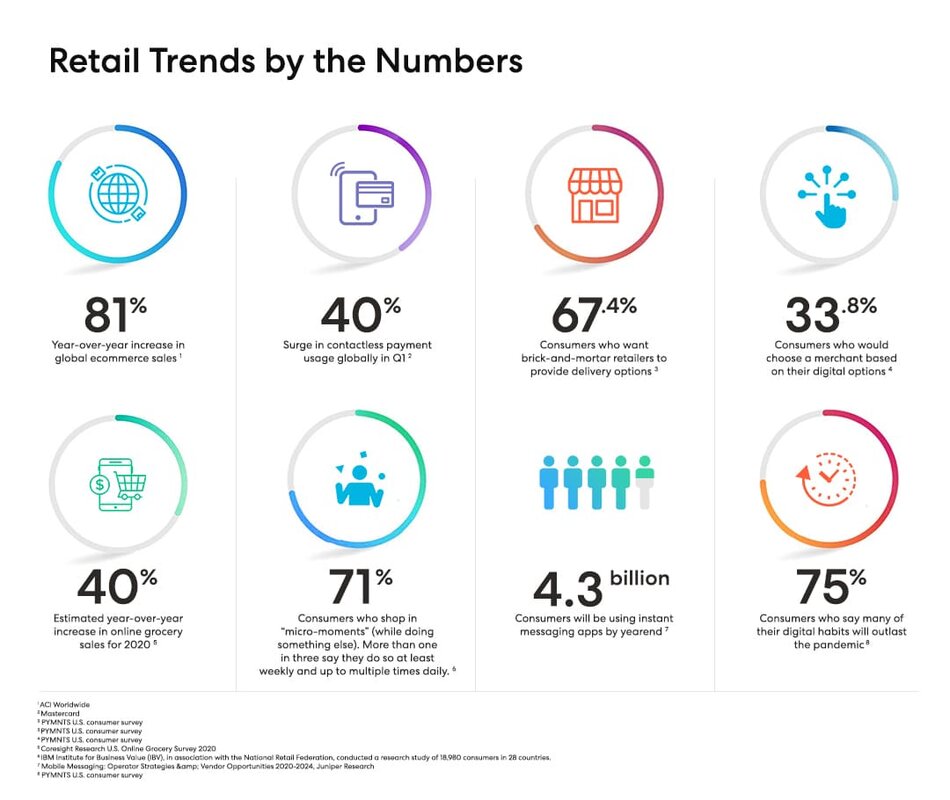If you’re not already using a messaging platform to connect with customers, you should reconsider. Although it’s not new for major brands such as Delta, T-Mobile and American Express, even more companies are embracing it, partly to reduce call volume and partly because it’s where their customers are. By the end of 2020, messaging apps will have 4.3 billion users globally.
Apple Business Chat, or iMessaging, enables Apple users to begin direct conversations with brands when and where it’s convenient, pausing and picking up where they left off. WhatsApp, WeChat and Facebook Messenger have similar offerings.
Your customer base will likely determine which messaging apps you adopt, but you’ll also want to keep in mind whether it’s a live person on the other end of the conversation or a bot. Even as you’re trying to make it easy for customers to self-serve or use lower-cost channels, creating barriers to reaching a live agent can backfire.
Video conferencing is another promising option for digital support in certain circumstances. Citibank HK recently announced virtual meetings for insurance consultation and onboarding across their insurance portfolio. The ability to connect with customers via video could be powerful for those who might previously have preferred a face-to-face interaction or for products and services that require more guidance.
For customers who are coming into the store, the smartphone has never been more important. Take Sam’s Club as an example. “As a member, you check into the store and your mobile device is a self-scanner. When you check out of the store, your device is the payment. There is no additional interaction required to validate the sale. Fast, simple and safe,” Krista Tedder, director of payments at Javelin Strategy & Research, recently told Digital Transactions.
Integrating the entire customer experience across channels—and making sure customers and support staff have all that data at their fingertips—is also essential to delivering the seamless and personalized experience customers are seeking. Provide your customers with best-in-class content, incorporating everything they need to buy with confidence across channels (ratings and reviews, product demonstration, social integration, live support, etc.).
